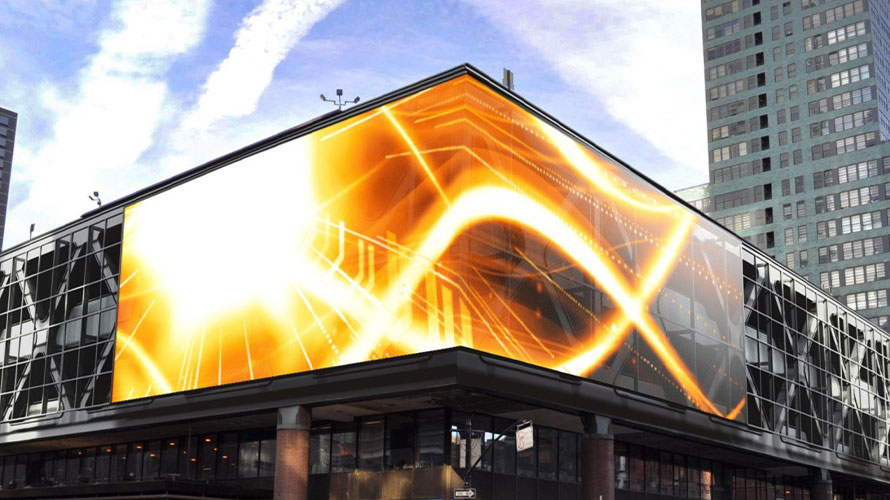Investigating The Way Resolution Affects the Functionality and Visual Caliber of LED Screens in Contemporary Display Techniques
Investigating The Way Resolution Affects the Functionality and Visual Caliber of LED Screens in Contemporary Display Techniques
Blog Article
Light Emitting Diode screens are growing increasingly popular in different environments, from musical events and sports events to business displays and art installations. One of the key crucial factors that influence the functionality and image quality of these screens is image clarity. Resolution refers to the quantity of picture elements that make up the image on the screen. Higher resolution indicates additional pixels, which can lead to sharper and crisper visuals. Understanding how resolution affects LED screens can assist operators make informed choices about their screen requirements.
When talking about image clarity, it is crucial to take into account picture spacing, which is the gap between the midpoint of one picture element to the midpoint of the next pixel. A smaller picture spacing yields a greater image clarity, enabling additional clarity in the visuals shown. For example, an LED wall with a pixel pitch of 1.5mm will provide a clearer image than one with a picture spacing of 3mm. This is especially crucial in environments where viewers are close to the screen, such as in a compact location or a exhibition event booth. In these cases, a higher resolution can greatly improve the observing quality.
Another factor of image clarity is its impact on color accuracy and luminosity. LED walls with higher resolutions often have better color rendering, indicating that the hues shown are more lively and realistic. This is crucial for applications like advertising, where the goal is to capture interest and convey a message effectively. Additionally, higher resolution screens can preserve luminosity levels even when seen from different perspectives. This is important in large locations where viewers may be positioned at various distances and angles from the screen.
The functionality of LED walls is also influenced by resolution in terms of refresh rates and response times. A higher resolution display can handle faster refresh rates, which is crucial for fast-moving material such as films and animations. This means that the images on the display will look more fluid and increasingly seamless, improving the total observing quality. In comparison, reduced image clarity screens may have difficulty with dynamic material, resulting in fuzziness or delay. Therefore, for occasions that rely on high-energy visuals, choosing a display with a suitable resolution is critical.
In conclusion, resolution plays a vital role in defining the functionality and image clarity of LED walls. Elements such as pixel pitch, color accuracy, brightness, refresh rates, and response times all contribute to how effectively a screen can communicate data and capture audiences. As technology continues to advance, grasping these elements will help operators choose the appropriate LED screen for recommended read their particular requirements, ensuring that they achieve the best possible results in their presentations and events.